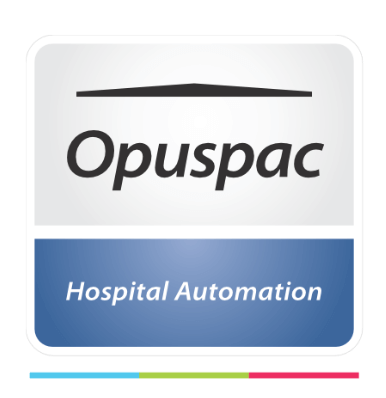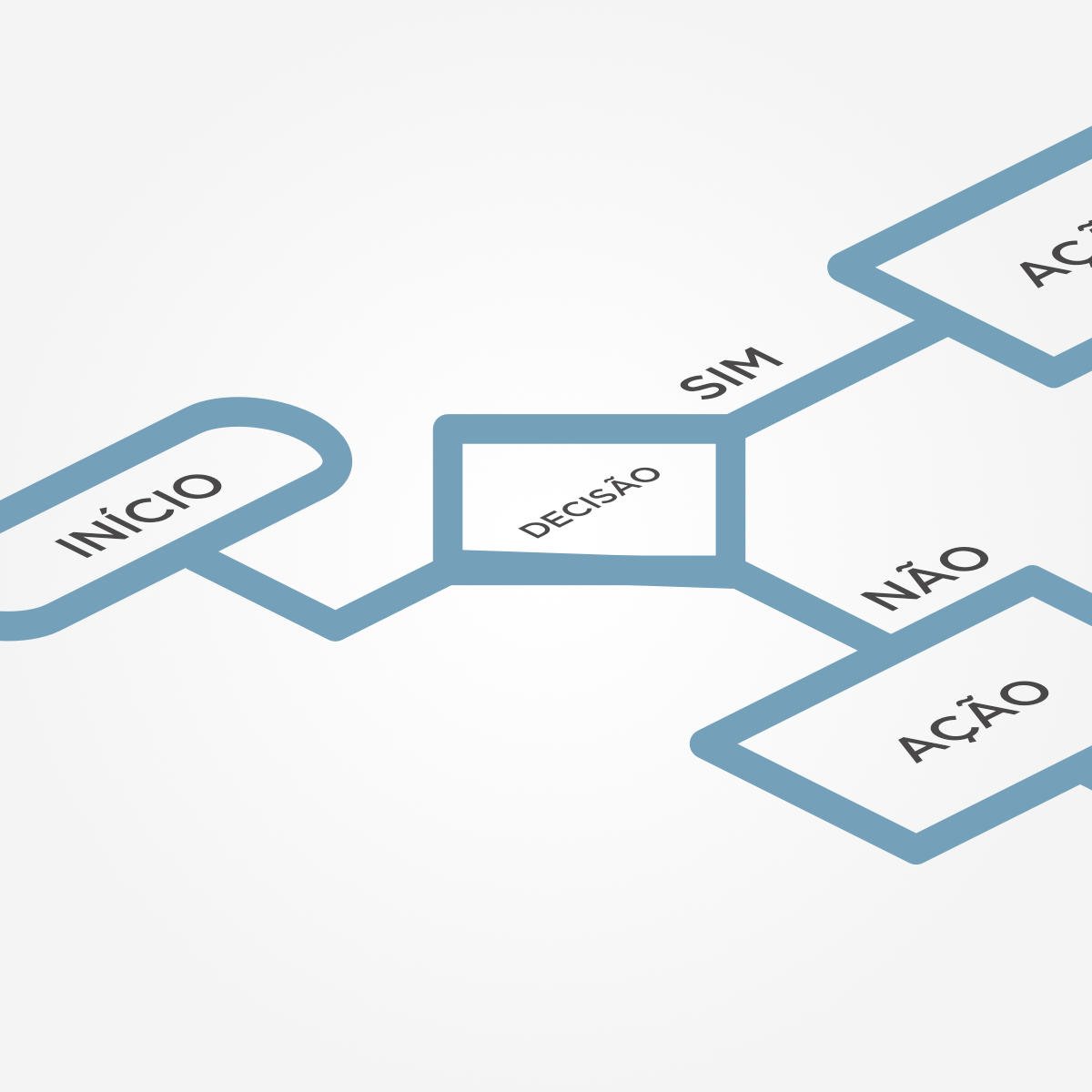1 Introduction
Process management defines the step-by-step of the company’s key activities. It evaluates the effectiveness of routines and procedures and is able to visualize the best points of improvement and vulnerability in processes.
Organizations need processes that are structured, organized and guided by management.
All company activities should be treated as a chain of processes that generate value.
2 Understanding the error
Adverse events are failures that should not occur during the care provided by a health service.
The main adverse events are related to medications, failure to identify patients, erroneous procedures and infections.
Regardless of the size of the hospital or the number of employees, type of service provided, clinical staff or management, adverse events occur on a daily basis (more information: https://opuspac.com/br/artigos/evento-adverso-e-um-erro-com-dano/).
The differences between institutions are the frequency and severity of failures. These are directly related to how they deal with the event.
The safest hospitals are those that, in addition to detecting errors, are able to deal with them and recover from the damage they cause. And they also enable organizational learning from experience.
It is essential to know the institution.
The questions in Figure 2.0 guide where to start:
Anomalies, sentinel events, complaints and recalls need constant updating. And through this continuous improvement, problems will be corrected reducing nonconformities and dissatisfactions.
A working environment:
- Safe, adequate and pleasant;
- With training and qualification of the teams (applied by the right people and with the right content);
- With clear and well defined Standard Operating Procedures (SOP).
- With attention to patient feedback and
- Without work overload;
- With preventive actions that eliminate unnecessary tasks and failures.
A quality-driven organization seeks essential transformations such as sustainability, prevention, innovations and patient focus.
Satisfactory results have become reasons for competitiveness.
The socio-cultural actions and the positions of hospital managers, aligned and patient-centered, now determine the quality chosen by healthcare services.
Mapping and explaining the various processes make it possible to visualize the real situation of the problems, the understanding of each one in order to prioritize where to start.
3 Process quality
A less time-consuming process review requires behavioral changes in organizations.
It requires the full support of the hospital’s top management to the safety protocols, the commitment of the multiple professionals who will experience, defend and generate safety in the protocols, in addition to a broad vision of the appropriate processes in the search for a better and more complete reconstruction of the various hospital processes.
Therefore, the one who must lead this change in the process is the top professional, who knows very well what is better or not to achieve the goal of the organization.
Wiliam Edwards Deming, the father of quality control applied in industry, says that 85% to 95% of problems are failures in processes and not in people, and the same is true in healthcare. But processes are made by people, and this further confirms the need to know the reason for the error. Because, unfortunately, many processes lead to errors.
James Reason, also known for mentioning that errors are often consequences of the system. He divides errors into Active and Latent, where the active error is usually the consequence of latent errors, which were not seen and no barriers were created to prevent it.
Many technology investments are aimed at increasing the efficiency of operations, however, many times just automating existing processes does not evolve the performance of operations.
Reviewing processes can greatly increase hospital efficiency. But in the meantime, promoting small changes in the day-to-day operations of organizations is already capable of saving lives! Small barriers are already capable of improving work execution and preventing error.
The real improvement of results is achieved by working on processes and people, who are primarily responsible for improving the efficiency of the operation.
4 Attention to processes
From the first contact with the patient, making an appointment or being seen at the reception desk, the processes are already of great importance.
The patient’s journey through the hospital is long and involves several professionals and areas.
From the point of view of costs, it is even more extensive, since it begins even before patients enter the institutions, through contracts with insurance companies or through the Public Health Service. And even after discharge from hospitals, transfers take place.
Synchronizing the two paths allows for efficiency and satisfaction. Therefore, all hospitals must be together, thus facilitating the fluidity of processes and broadening the vision of the hospital, with the patient as the center and no longer worrying only about operations. This ensures quality, safety and efficiency of care.
Problems such as delays in service, items not entered in patient accounts, delay in the delivery of medicines by the pharmacy, delay in the purchasing process, returns of medicines are examples that deserve a review so that they cease to be bottlenecks, delays, rework that directly or indirectly generate losses.
Locating these factors is necessary for improvement.
Figure 4.1 shows some questions that help in the function of the processes:
By asking these questions, there will be a better chance of identifying possible process improvements and eliminating what does not add value.
Process management will allow, in addition to anticipating potential errors and problems, to monitor and evaluate progress, to control costs and to develop a more systemic view.
Improvements in performance will be reflected in reduced errors, increased patient satisfaction and reduced costs.
Through process mapping, flowcharts and the SIPOC Diagram it will be possible to initiate a process approach.
4.1 – Process mapping
It provides an overview of the activity that allows a better analysis.
Through it, it will be possible to define key activities and performance measures in a visual representation of the activities.
– It presents operational and administrative information;
– It allows to identify where and why resources are consumed;
– Eliminates activities that do not add value.
Process mapping reduces the complexity of processes and information analysis.
In this analysis it is advisable to use the PDCA tool (available in more detail in the text quality tools part 1).
The example in figure 4.2 shows what a process should look like:
4.2 Flowchart
The flow chart describes and presents an existing process graphically. It ensures the quality of the process and increases its productivity.
It facilitates the understanding of organizational processes by using simple symbols, lines and words to present the activities and sequence in the process.
Allows visualization and analysis of the relationship between departments, activities, flows and information related to proposed changes.
It defines the relationship between the customer and the supplier.
Figure 4.3 describes a flowchart:
4.3 SIPOC diagram
Helps to visualize the business by processes.
The acronym SIPOC comes from English, and figure 4.4 presents its meanings:
This diagram should be used when any of the following is not clear:
- Who provides the inputs to the process;
- What specifications are assigned in the output;
- Who are the actual customers of the process;
- What are the requirements of the customers;
This allows for better visualization of the processes by the team, facilitating communication.
To elaborate it, it will be necessary to define: the process to be analyzed, identify the outputs of the process, the customers who will receive the outputs, the inputs necessary for the process to work and which are the suppliers of the inputs.
CONCLUSION
In a hospital organization, the patient is the key piece of the process and it is necessary to eliminate failures to ensure their safety.
- It is necessary to have technology, support to perform the processes, governance, people, strategies in addition to the processes, all of them interfere a lot in the quality of the hospital because they increase the efficiency of the operations.
- It is necessary to reconsider all hospital processes with a focus on patients and cost reduction.
- Changes are indispensable; however, leadership, education and training are necessary.
After all, depending on the differences, improvement goals should follow new standards or modify existing ones, as they can be improved by altering standardized processes.
The entire patient journey in the hospital must be safe, both operationally and administratively.
The hospital works to support patients, so errors must be avoided and must also be located and addressed through the necessary attention to processes and their essential revisions.












